We grow the disease-resistant zucchini "Aral" correctly and break yield records
Zucchini is low in calories and has many beneficial trace elements. Aral hybrid - one of the varieties of this crop - is famous for its yield, disease resistance and taste. He is already known in Asia, Europe and America, and now conquers farmers in Russia.
In the article you will find a description of the culture, its advantages and disadvantages, as well as cultivation features.
The content of the article
Description
Inexperienced summer residents have many questions even when buying seeds. One of them: what is an f1 hybrid?
F1 hybrid
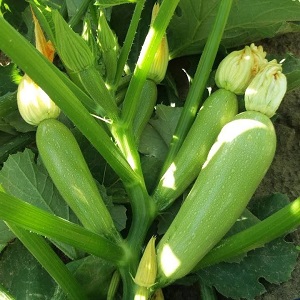 Any plant hybrids are specially selected seeds parental varieties that carry certain characteristics: early ripening, disease resistance, frost resistance, unique taste.
Any plant hybrids are specially selected seeds parental varieties that carry certain characteristics: early ripening, disease resistance, frost resistance, unique taste.
F1 marks first generation hybrids... If you collect seeds from a crop of such a crop and plant them next year, it will already be an f2 hybrid.
Overpaying for F1 seed you can get a high-yielding crop that is resistant to pests and weather conditions... Zucchini Aral f1 is one of those.
Important! Purchase seeds only in trusted stores and from reputable manufacturers. This will prevent fakes.
Origin and development
The Aral hybrid was launched in 2009 breeders from Japan. They sought to obtain a high-yielding variety, the fruits of which ripen in a short time and with minimal care.
Despite the annual breeding of new varieties and hybrids, namely Aral zucchini hold the lead and remain one of the most popular.
Distinctive features
Aral grows in the form of low bushes... Very compact, with half-open fruits, making harvesting easier.

Features of the hybrid:
- germination rate - up to 95-100%;
- grown in a greenhouse and in the open field;
- high yield - up to 10 kg of fruits are harvested from 1 m² (depending on the fertility of the land, weather conditions and care);
- extended fruiting - fruits ripen before the first frost;
- disease resistance;
- frost resistance;
- storage of ripe fruits up to 4 months.
About other varieties of zucchini:
Fruit characteristics and yield
Aral zucchini have large cylindrical fruits... They are ribbed at the base, the ribs are partially smoothed.
Fruit color - light green with sparse white spots. The weight of one zucchini ranges from 500 to 800 g.
The skin is thin, glitters a little. The pulp is light, dense, with large seeds.
In zucchini, especially unripe, delicate taste and aroma... They can be eaten unripe, but only ripe fruits are stored for a long time.
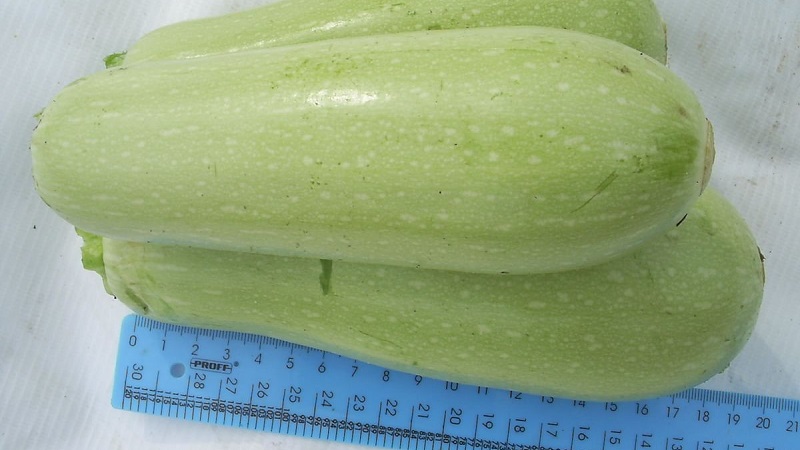
How to grow
Aral hybrid usually does not cause problems for farmers... It grows well and gives bountiful harvests. But this can be achieved only with proper care of the vegetable.
Place for zucchini should be warm and sunny. This is a light-loving vegetable, the ground under it should warm up well. It is better to plant where onions, potatoes, beans, cabbage used to grow.
Aral is planted with seeds or seedlings.
Planting with seeds and seedlings
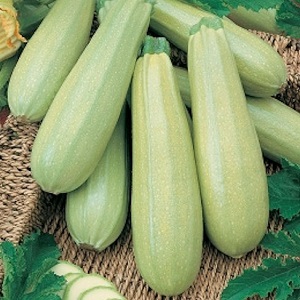 Step by step sowing instructions:
Step by step sowing instructions:
- The seeds are soaked in water until they swell completely (for about 12-18 hours) and those that have surfaced are removed.
- The swollen ones are treated with a 1% solution of potassium permanganate, and then heated for 5 hours at a temperature of 50 ° C.
- Dig holes in the soil 4-5 cm deep at a distance of 60 cm from each other.
- Place 1 seed in the hole and sprinkle it with earth. Before emergence, the soil is covered with a film to keep warm.
- After emergence (after 7-10 days) the film is removed.
Attention! Planting with seeds is possible only in a previously prepared, loosened, fertilized soil. Sow in mid-May or early June, when the land warms up well. This planting method is suitable for southern regions.
Step by step seedling planting instructions:
- Separate containers are needed for seedlings - cups up to 15 cm deep. They are filled with soil, which contains peat, humus, sod soil and rotted sawdust.
- The seeds are planted to a depth of 3-4 cm, irrigated with a small amount of water and covered with foil. The covered cups are kept at a temperature of 25-28 ° C.
- Seedlings appear on the 7-10th day, and the film is removed from them. Containers with earth are placed in a well-lit place.
- After 2 weeks, when the seedlings are stretched, they are fed with a diluted water mixture of bird droppings and superphosphates. Top dressing is consumed in the amount of 100 ml per 1 plant.
- After 10 days, the seedlings are fertilized again, but with a solution of wood ash.
- A few days before planting in the ground, the seedlings are hardened. To do this, they take it out into the fresh air.
- Zucchini are transplanted into open ground no earlier than 30 days from the date of sowing.
Seedling planting of zucchini Aral F1 also takes place in May... But in this case, the harvest is obtained 2 weeks faster. This option is recommended for northern areas.
Hybrid care
Watering zucchini under the root or next to it. Water should not come into contact with the leaves. For a week, one bucket of warm water is poured under one bush.
The soil must be loosenedpreventing the formation of a crust on the surface. This contributes to the proper development of the root system and the access of oxygen to the soil. In the process of loosening, weeds are removed. So that they do not grow and the earth receives more nutrition, the surface is mulched with straw or peat.
The bushes of the Aral Sea must be spud... Do this after the appearance of the fifth leaf.
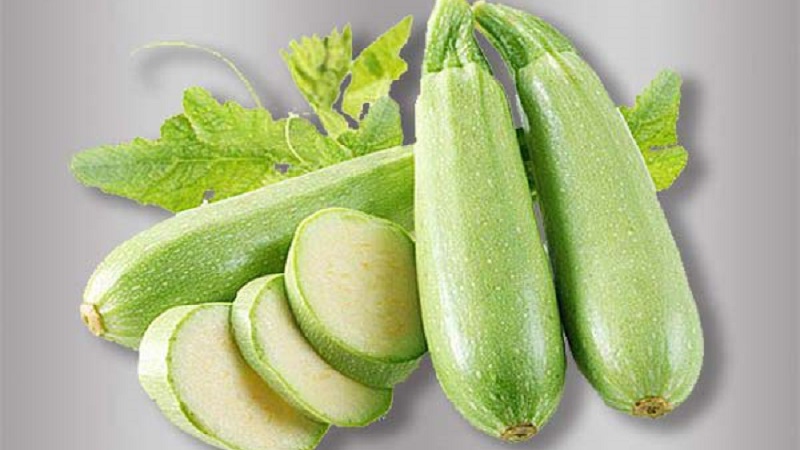
Fertilize zucchini several times... The first feeding is with minerals during flowering. Potash and phosphorus fertilizers are applied the second time, when the bushes are just beginning to bear fruit.
For zucchini Aral it is very important that the sun warms the earth, so the extra leaves are cut off.
It can be useful:
Step-by-step guide to growing zucchini in a greenhouse
Features of cultivation and possible difficulties
Even growing unpretentious crops, inexperienced farmers can make mistakes:
- Plants rot and turn yellow, fruits are not set. This is due to the cold and humidity. To solve the problem, the plants are covered with a film and watered only with warm water (20 ° C).
- If the fruit is irregular in shape, with a widened end, the problem is potassium deficiency. It is replenished by sprinkling ash on the soil.
- If the tip of the squash is narrowed, then there is not enough nitrogen. Bird droppings or manure should be added to the soil.
- Rotting fruit is a signal of excess moisture. It is necessary to stop watering the soil and remove rotten fruits.
- The bitterness of the fruit can be a sign of illness. If only some of the fruits are bitter, they may not have enough moisture.
Diseases and pests
Aral F1 hybrid has relative resistance to fungal and infectious diseases:
- powdery mildew;
- anthracnose;
- white rot.
The plant is resistant to viruses, but can be attacked by insects, so preventive spraying with onion infusion should be carried out.
Harvesting and application of the crop
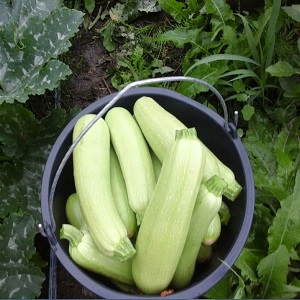 Aral zucchini bear fruit all summer and autumn... Collect them 2 times a week.
Aral zucchini bear fruit all summer and autumn... Collect them 2 times a week.
Picking preferably medium and small unripe fruits - they have a more delicate and rich taste.But they do not store well and need immediate consumption or quick processing.
Prepare from zucchini fresh salads, stewed stews, fried and baked. Zucchini can be dried or frozen for use in winter.
Ripe zucchini is stored in dry, cool rooms for 4 months.
Advantages and disadvantages
Aral F1 hybrid is popular in many countries. Farmers refer to the advantages of the variety:
- early maturity of fruits;
- high productivity;
- immunity to viral diseases;
- resistance to weather conditions;
- unpretentiousness in breeding;
- high seed germination;
- fruiting throughout the season;
- ease of storage and transportation.
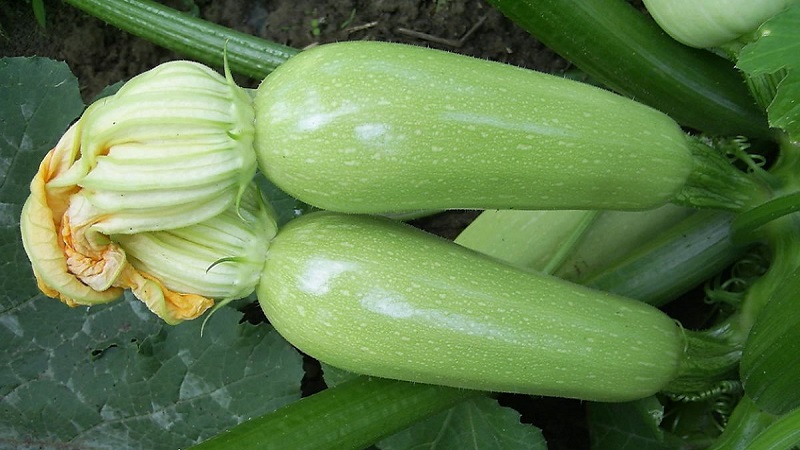
disadvantages:
- exactingness to watering and light;
- not suitable for dry areas;
- vulnerability to insect pests;
- the presence of large seeds;
- the difficulty of preserving unripe fruits.
Farmers reviews
Commercial zucchini farmers and hobby gardeners are unanimous note unpretentiousness in care and high productivity hybrid Aral f1.
Alena, Ufa: “I have been planting zucchini Aral for 2 years. They ripen quickly (within a month after planting), give a good harvest. We have 4-5 bushes for a family of 5 people. Very tasty. I collect them before the first frost. In the summer I made an omelet with them and stewed with other vegetables, and for the winter I froze half of the freezer. ".
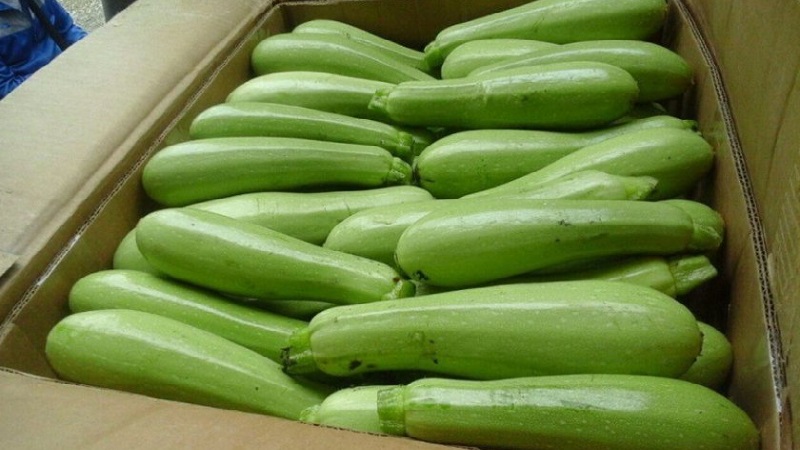
Marina, Sergiev Posad: “The first zucchini that I did not care for, apart from watering and weeding. They pleased me with their trouble-free and harvest. I will continue to breed them. The vegetables look like in the photo on the package, the description of the variety is also true ".
Oksana, Kirov region: “I sowed zucchini with seeds at the end of May and got the first vegetables in mid-June. On average, I collected 4 kg from a bush, despite the bad weather. All the seeds sprouted, and the zucchini bore fruit all summer. "
Conclusion
Aral marrow is an early ripe hybrid. Farmers choose it for its taste and minimum care. It is enough to know the peculiarities of cultivation, and a crop that will feed the whole family from several bushes is provided.